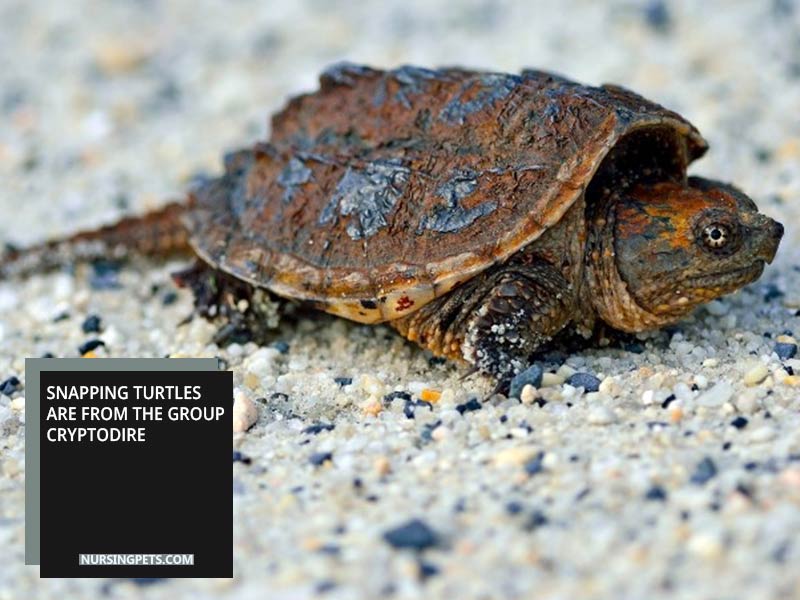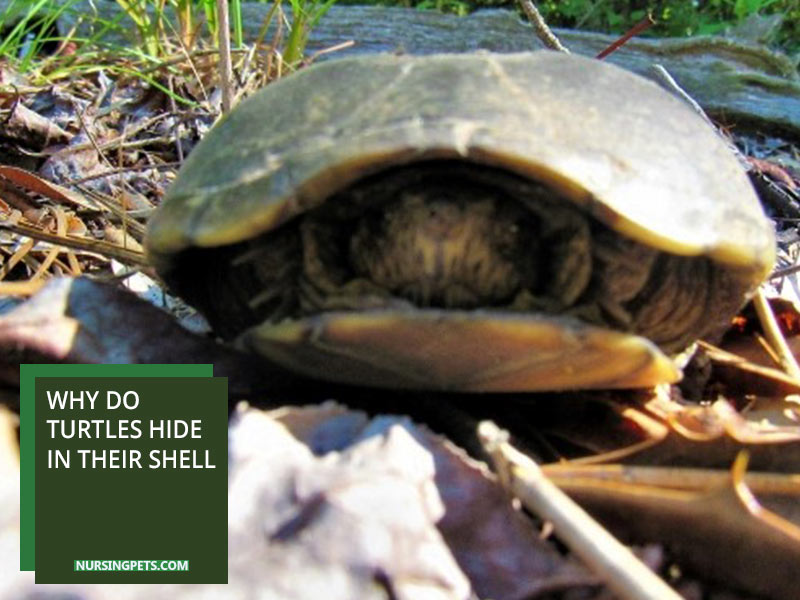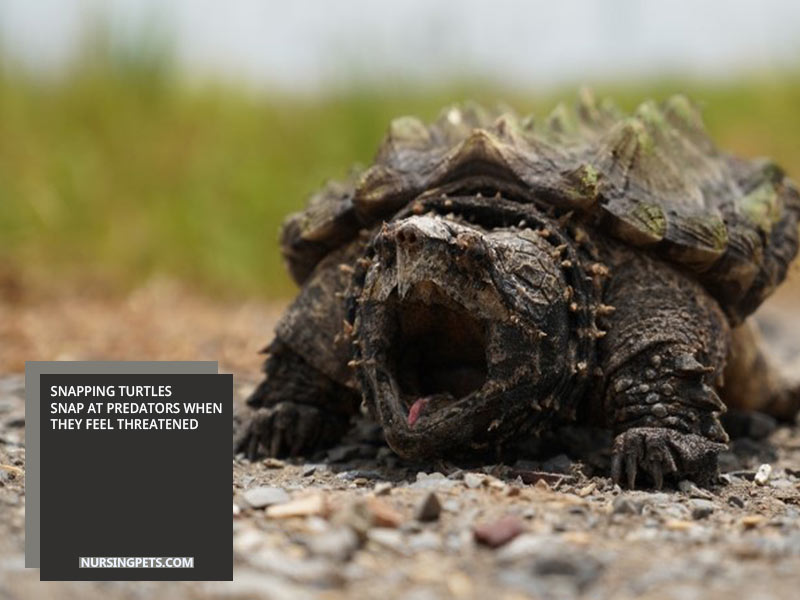Can Snapping Turtles Hide In Their Shells?
Many people find it interesting to notice turtles retracting their heads and necks in their shells. Turtles perform this chore for a unique purpose. But do you know whether all turtles can tuck in their shells? For instance, can snapping turtles hide in their shells?
Unfortunately, snapping turtles can’t hide in their shells. Although most turtle species can accomplish this job to protect themselves, snapping turtles can’t do it. Their plastrons aren’t big enough to accommodate their heads and necks.
So, how do these turtles protect themselves, and are there other turtle species with the same inconvenience? We will answer these questions in this content. Let’s read.
Read more about turtles blog:
Which Turtles Can Hide in Their Shells?
Researchers have divided all the known 350 turtle species into Pleurodires and cryptodires. Turtles of both groups follow different techniques to hide in their shells.

Turtles of the pleurodires suborder pull their heads and necks into their shells, following a sideways position. In contrast, the cryptodires pull their heads and necks back straight.
However, most turtles feature flexible limbs and necks that turtles can retract easily and stay safe from predators. Unfortunately, not all turtles can perform this task.
Another turtle species can’t hide in their shells beside the snapping turtle. We have talked about this species in the following section.
Which Turtles Can’t Hide In Their Shells Alongside The Snapping Turtles?
Yeah, snapping turtles aren’t the only turtle species that can’t hide in their shells; another one joins this group, the sea turtle species.

All seven sea turtle species can’t hide in their shells even though they have the same muscles as their land counterparts.
They can retract their heads and necks but don’t have enough space in their shells to hide these organs.
Why Do Turtles Hide in Their Shells?
Turtles conceal in their shells due to two reasons: one is to protect themselves from predators, and the other is to nab their prey. Long ago, turtles used to hide in their shells as a lunging tactic to catch their prey.

But today’s turtles only accomplish this job when they are threatened and when they need to escape danger. That means the sole purpose of turtles hiding in their shells is for protection.
If Snapping Turtles Can’t Hide in Their Shells, How Do They Protect Themselves?
Snapping turtles can’t conceal their vital organs in their shells when predators attack them. So, how do they escape, and how do they deal with life-threatening situations?
Below we have shared their defense mechanism to help you comprehend how they fend off enemies.
Snapping at Attackers:
Snapping turtles snap at predators to defend themselves. Now, you can understand why these turtles are called snapping turtles. Instead of hiding in their shells, they exhibit unique postures to escape potential threats.

These reptiles lower their front shell facing toward the predators and extend their rear legs entirely and start hissing at the attackers.
Sometimes, they draw their rear legs and tail under the carapace, extend the front legs, and start running toward the predators to bite them. So, this is how these creatures defend themselves.
What Types of Predators Do Snapping Turtles Have?
Snapping turtles face several predator types throughout their life, and they mostly remain vulnerable to attackers when they are juveniles.

Compared to adult snapping turtles, juveniles need to fight many predators, including:
- Fish
- Otters
- Raccoons
- Wading Birds
- Foxes
- Coyotes
- Herons
- Hawks
- Snakes, And More.
On the contrary, adult ones fight with otters, bears, coyotes, and humans. Interestingly, some common turtles have American alligators and alligator snapping turtles in their attacker list.
Frequently Asked Questions
How Long Can a Turtle Hide in Its Shell?
It depends on the situation the turtle is in. A turtle can be hidden in its shell for a couple of minutes to hours, and the hiding duration may extend to days and even weeks. It will only come out of the shell when it feels safe.
Can Turtles Turn Around in Their Shells?
Yes, turtles can turn around their body to some extent while remaining inside their shells. They can move their limbs and heads in and out of the shell and twist and turn their body.
Final Words:
Hence, now you know whether snapping turtles can hide in their shells or not. Although they can’t conceal themselves in their shells during the danger, they have developed a defense mechanism to defend against enemies.
Their powerful jaws allow them to make intolerable bites and escape dangerous situations. That’s why hiding in the shells isn’t necessary for these reptiles.
However, that’s the end of this content; we hope you gained the information you were searching for and will share it with others via Facebook, Twitter & Pinterest.
Image Source: Canva.com/photos
Reference:

